- Home
- Electrical And Ventilation
- Electrical
- Tv, Aerials, Connectors And Satellites
- Tv Aerials And Accessories
- Indoor Aerials
Indoor Aerials
Indoor Aerials represent an integral component within the realm of modern electronics, serving as a cornerstone for those aiming to augment their indoor reception of digital TV signals and radio broadcasts. The significance of indoor aerials cannot be overstated, especially in scenarios where outdoor antennas are either impractical or restricted. These compact yet powerful devices are meticulously designed to fit seamlessly into any indoor environment, ensuring that aesthetics are preserved while performance is optimized. Offering a solution to the perennial challenge of receiving clear, uninterrupted signals, indoor aerials are engineered to capture a wide range of frequencies, including VHF, UHF, and FM signals, thereby ensuring that users have access to a broad spectrum of broadcasting services. In selecting the right indoor aerial, potential customers should consider several key factors such as signal strength in their area, the type of channels they wish to access, and the specific features offered by different models, including amplification and filter technologies which can significantly enhance reception quality. Furthermore, the advent of smart, adaptive indoor aerials that automatically adjust to optimise signal reception marks a leap forward in ensuring that users experience the highest quality of broadcast available, devoid of interference from external sources. As technology advances, the importance of choosing a high-quality indoor aerial becomes paramount for anyone looking to maintain a reliable connection to the world of digital broadcasting. Whether nestled behind a TV, mounted on a wall, or discreetly placed atop furniture, indoor aerials offer a blend of functionality, design, and access to digital content, making them a must-have for enthusiasts and casual viewers alike. In summary, indoor aerials stand as a testament to the fusion of technological innovation and practical utility, providing users with unmatched access to digital broadcasts in the comfort of their own homes.Search in category
Price Range
Colour
Colour group
Gain
Impedance
Location
Material
Media connection type
Model name/number
Number of elements
Number of pieces
Pack quantity
Product length
Product weight
Product width
Signal frequency
Signal types
Specific Colour
Specific Material
Supplier/manufacturer helpline
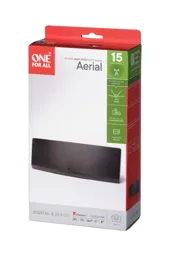
One For All Indoor Digital TV aerial SV9430
from £23.93
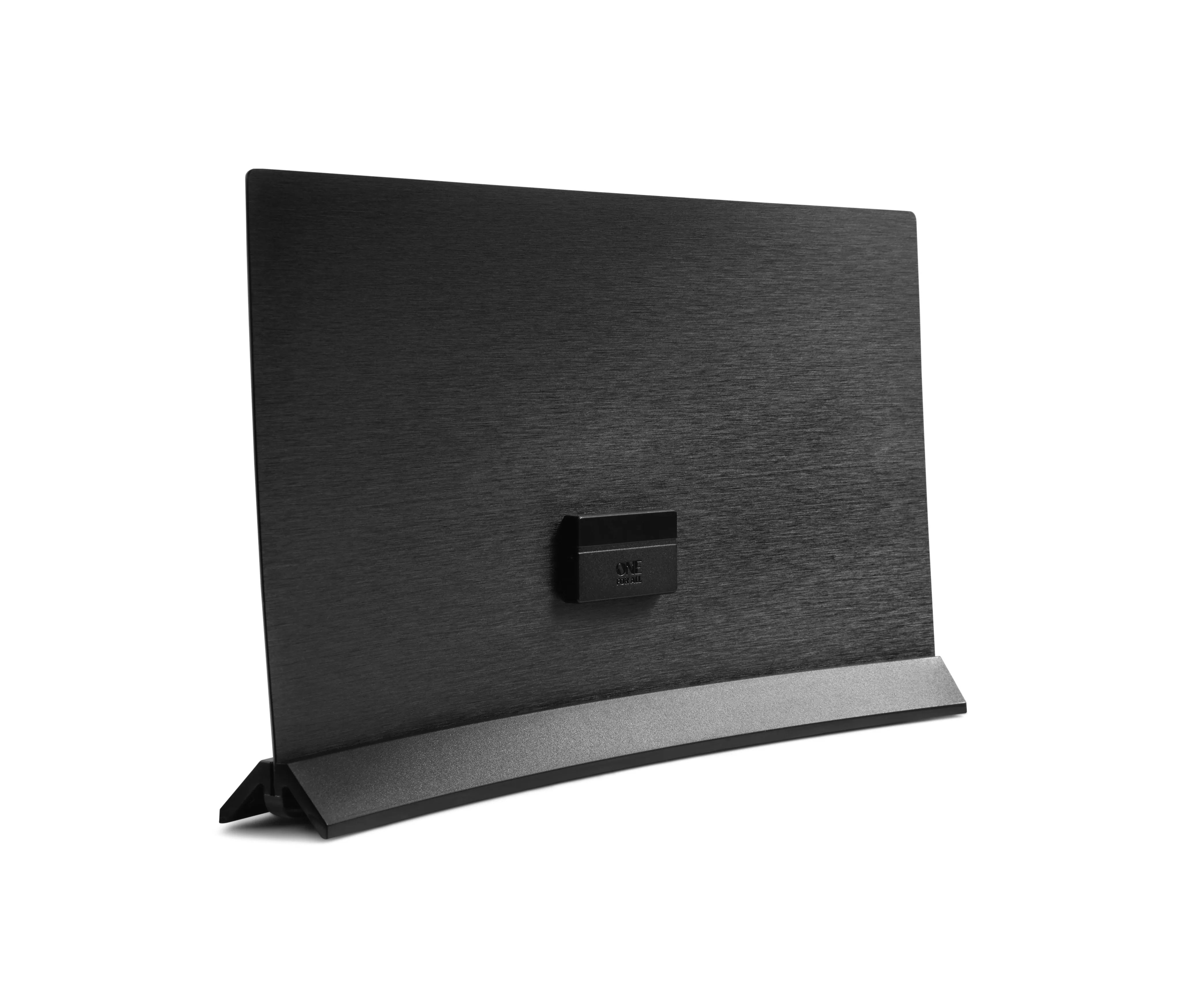
One For All Indoor Digital TV aerial SV9440
from £38.00
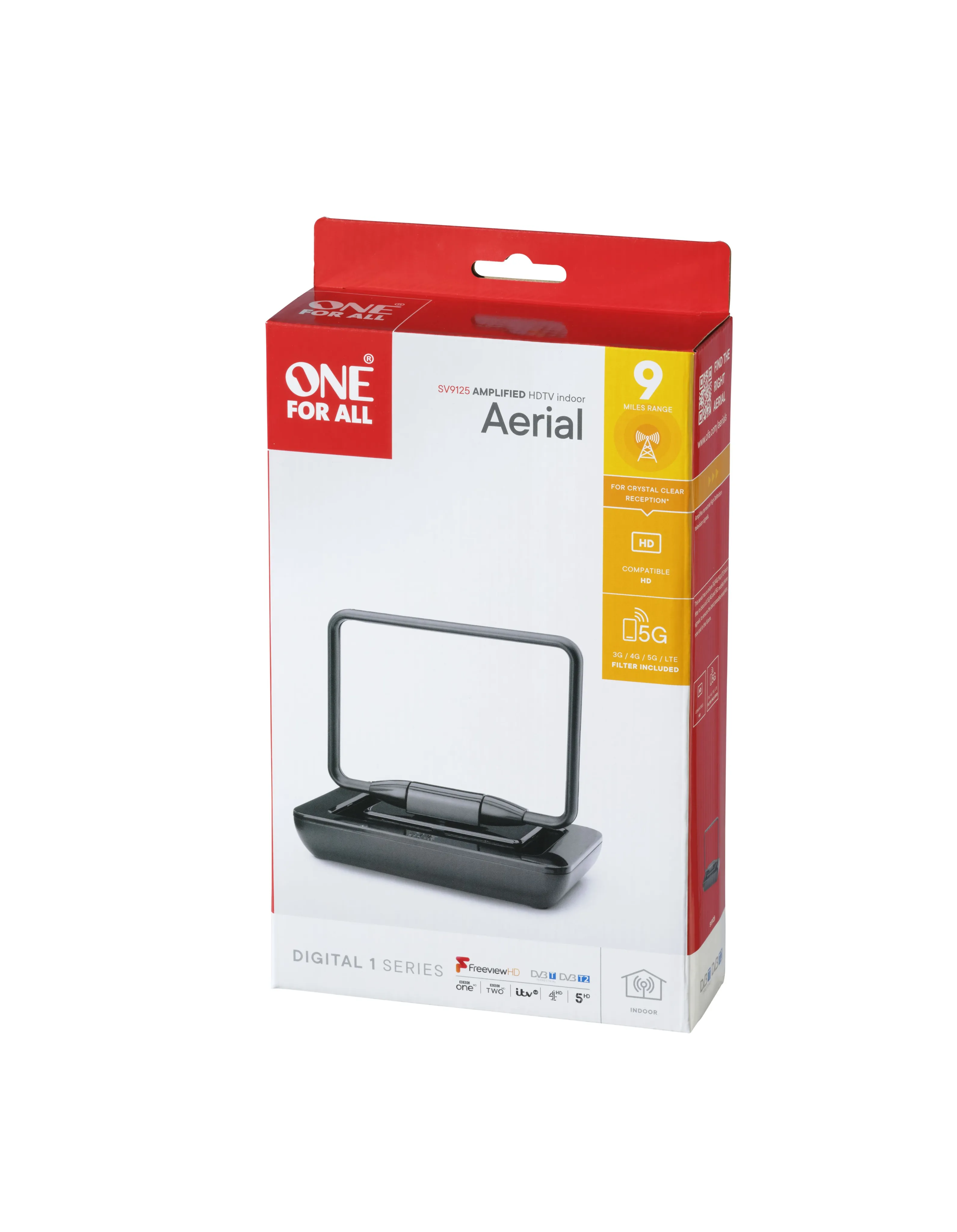
One For All Indoor Digital TV aerial SV9125
from £24.00
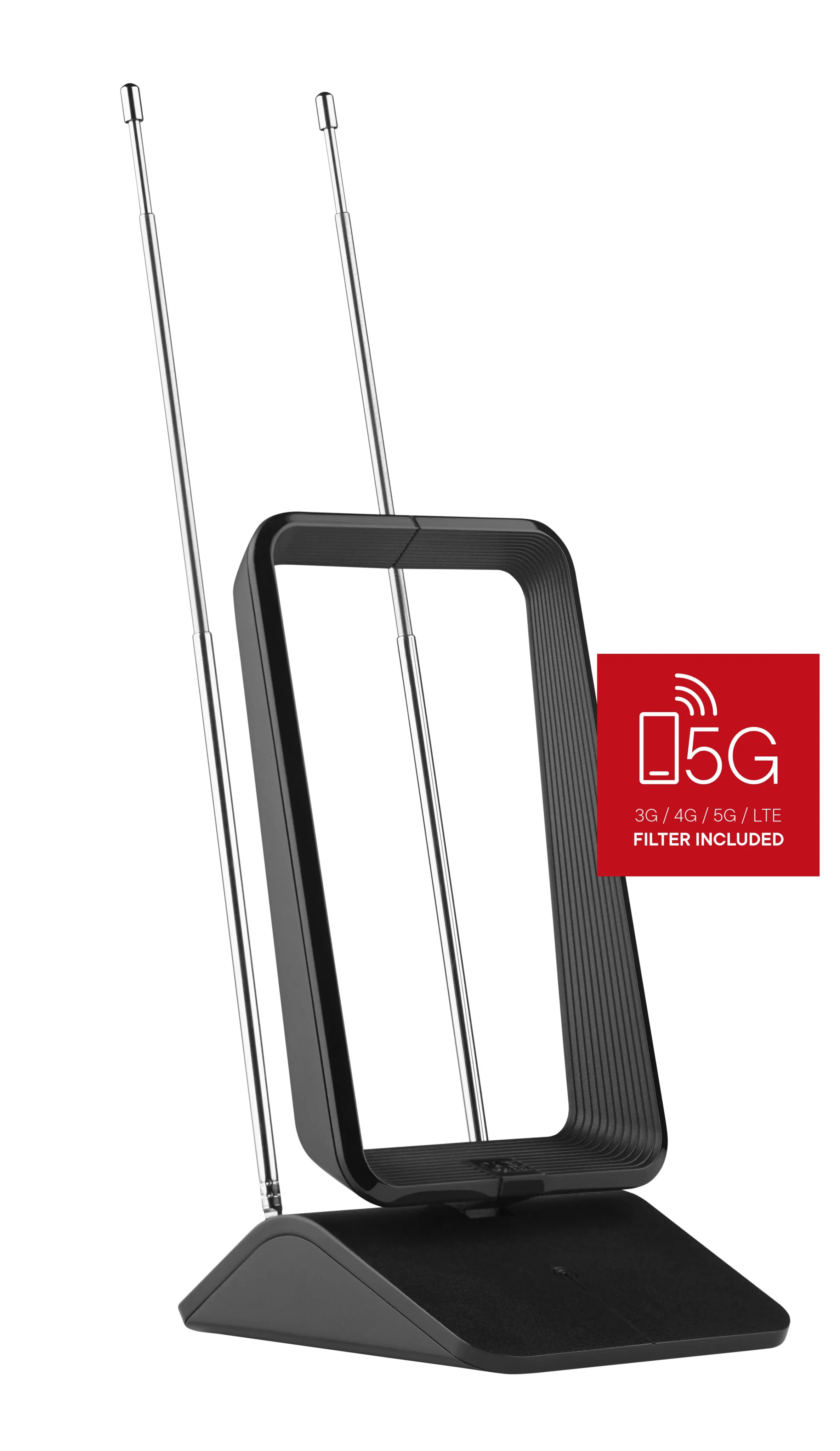
One For All Indoor Digital TV aerial SV9460
from £38.00
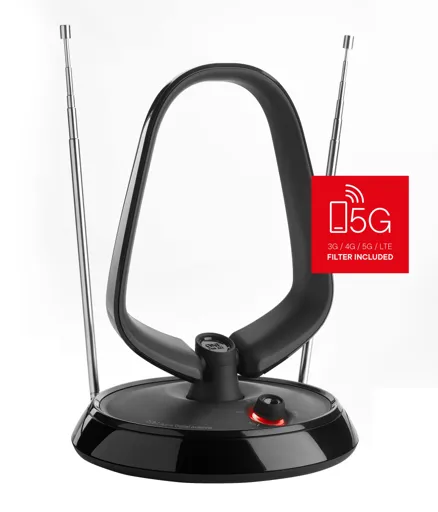
One For All Indoor Digital TV aerial SV9143
from £32.00